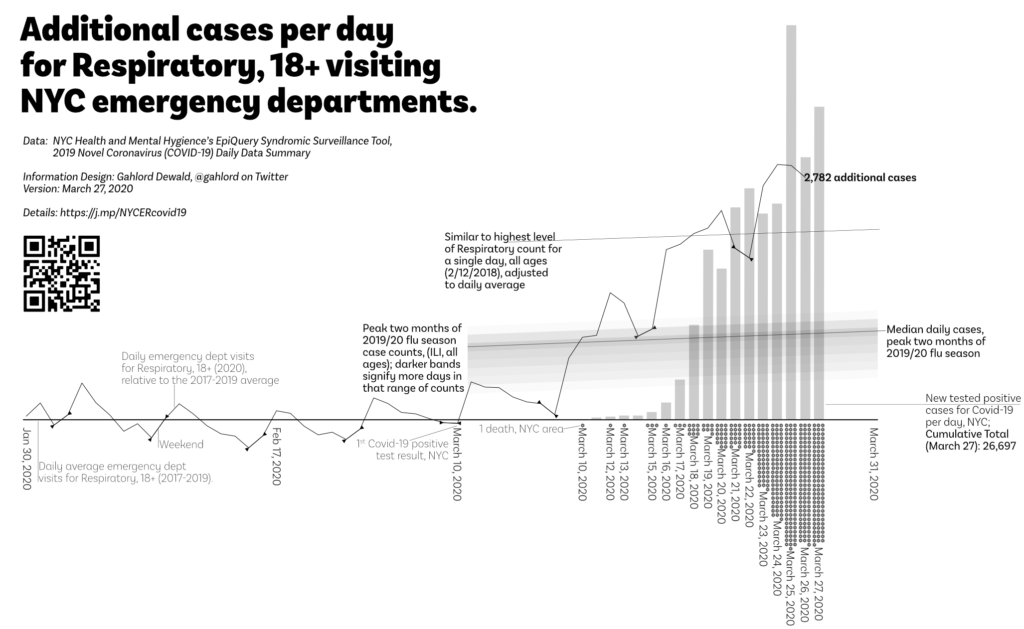Contact forms are a terminally broken technology. Humans who fill them out have little faith that anyone will receive or answer them. As a result, they often don’t fill out the form and take to some other medium like Twitter or Instagram or TikTok or the current social flavor of the day. Or worse, they just don’t contact you.
A contact form is a gateway to frustration.
But what to do? If you place your raw email address on a website you’re bound to run into the following issues:
- Spam harvesters will take your email and give you even more spam than you already have.
- Sorting and sifting the emails
A way to handle these things is by using a tool to encode your email address will limit the usefulness of your email address to spammers. On your website use the resulting code from the tool instead of your form and you’re good to go.
If you have a short list of things that are relevant for contacting you, you can encode a subject line (using the tool above enter your@awesomeemail.com?subject=Your Awesome Subject Line into part where it asks for your email address) and put up a handful of links, people can click the one they want. Maybe a little janky? Beats broken contact forms. Alternatively, you or a friend who knows HTML can make the links look however you want and send email with the awesome subject lines.






